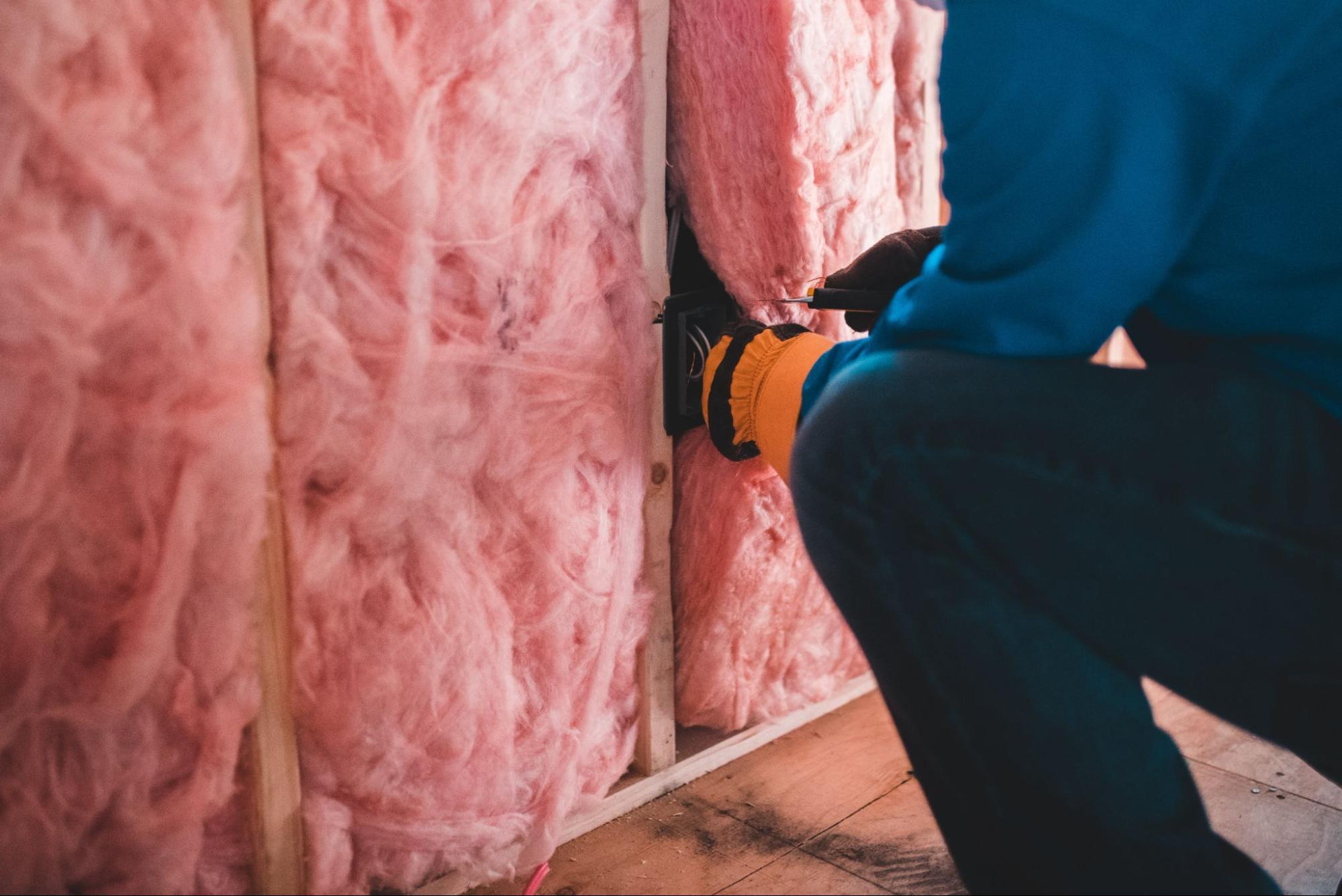

Articles
What R-Value Insulation For Exterior Walls
Modified: August 28, 2024
Learn about the different R-values for insulation in exterior walls with our informative articles. Find the perfect insulation for your home's energy efficiency.
(Many of the links in this article redirect to a specific reviewed product. Your purchase of these products through affiliate links helps to generate commission for Storables.com, at no extra cost. Learn more)
Introduction
When it comes to maintaining a comfortable and energy-efficient home, insulation plays a crucial role. Insulating exterior walls is especially important, as they are the primary barrier between the indoor and outdoor environment. One key factor to consider when selecting insulation for exterior walls is the R-value, which measures the material’s thermal resistance.
In this article, we will delve deeper into the concept of R-value and its significance for insulating exterior walls. We will explore the factors to consider when selecting the appropriate insulation, the recommended R-value for exterior walls, and the benefits of properly insulated walls. Additionally, we will discuss different types of insulation materials, installation methods, cost considerations, and answer some frequently asked questions.
By the end, you will have a comprehensive understanding of the importance of insulation for exterior walls and be equipped with the knowledge to make informed decisions for your home insulation needs.
Key Takeaways:
- Properly insulating exterior walls with the recommended R-Value enhances energy efficiency, reduces noise transmission, and protects against moisture, creating a comfortable and sustainable living environment.
- Understanding the importance of insulation materials, installation methods, and cost considerations is crucial for making informed decisions when insulating exterior walls. Consulting with professionals can provide valuable guidance tailored to specific needs and circumstances.
Read more: What R-Value Insulation For Interior Walls
Understanding R-Value
R-Value refers to the thermal resistance of a material, specifically its ability to resist heat flow. It measures how well insulation can prevent heat transfer between the interior and exterior of a building. The higher the R-Value, the better the insulation’s ability to block heat flow.
The R-Value of insulation depends on various factors, including the type of material, thickness, and density. Different materials have different insulation properties, and it’s important to select the one that best suits your specific needs.
Insulation materials with higher R-Values are more effective at reducing heat loss or gain. For exterior walls, which are exposed to the outside elements, it’s crucial to select insulation with a high R-Value to create a thermal barrier and prevent energy wastage.
It’s important to note that the R-Value is additive. In other words, if you have multiple layers of insulation, the total R-Value is the sum of their individual R-Values. For example, if you have insulation with an R-Value of 3 and add another layer with an R-Value of 4, the total R-Value would be 7.
When calculating the R-Value required for your exterior walls, it’s essential to consider factors such as climate, desired indoor temperature, and energy efficiency goals. Understanding the R-Value will allow you to make an informed decision about the type and thickness of insulation needed for optimal thermal performance.
Importance of Insulating Exterior Walls
Insulating exterior walls is a key aspect of creating a comfortable and energy-efficient home. Here are some reasons why it is important:
- Energy Efficiency: Insulating exterior walls helps to create a thermal barrier, preventing heat transfer between the interior and exterior of the house. This helps to keep the desired temperature inside the house stable, reducing the need for excessive heating or cooling. As a result, your energy consumption and utility bills can significantly decrease.
- Comfort: Insulation helps to maintain a comfortable indoor environment by reducing drafts and temperature fluctuations. By insulating exterior walls, you can ensure that your home stays warm in the winter and cool in the summer. This allows you and your family to enjoy a comfortable living space throughout the year.
- Noise Reduction: Insulating exterior walls also provides soundproofing benefits. It helps to reduce external noise from traffic, neighbors, or other sources, creating a quieter and more peaceful indoor environment. This is especially beneficial for homes located in busy areas or near airports, highways, or construction sites.
- Moisture Control: Insulation materials act as a barrier against moisture, preventing water and condensation from seeping into the walls. This can help to prevent issues like mold growth, rot, and structural damage. Insulating exterior walls can also improve the overall indoor air quality and reduce the risk of health problems associated with dampness and mold exposure.
- Environmental Impact: Insulating exterior walls can contribute to reducing greenhouse gas emissions by decreasing the energy required for heating and cooling. It helps to conserve natural resources and protect the environment. By improving your home’s energy efficiency, you are playing a role in combating climate change.
Given these benefits, insulating your exterior walls is a wise investment that not only enhances the comfort and value of your home but also contributes to a greener and more sustainable future.
Factors to Consider
When it comes to insulating exterior walls, there are several factors to consider to ensure you choose the right insulation materials and achieve optimal thermal performance. Here are some key factors to keep in mind:
- Climate: The climate of your location plays a significant role in determining the insulation requirements for your exterior walls. In colder climates, insulation with a higher R-Value is typically recommended to prevent heat loss. On the other hand, in warmer climates, insulation that offers both thermal resistance and reflective properties can help keep the interior cool.
- Building Codes: Familiarize yourself with local building codes and regulations regarding insulation requirements for exterior walls. Different regions may have specific guidelines that dictate the minimum R-Value or insulation type to be used. Compliance with these codes ensures that your insulation meets safety and energy standards.
- Wall Construction: The construction of your exterior walls influences the type and installation method of insulation. Common wall constructions include wood frame, masonry, or concrete. Each type may have specific considerations, such as the need for a vapor barrier or the compatibility of insulation materials with the wall assembly.
- Budget: Consider your budget when selecting insulation for exterior walls. Different insulation materials vary in cost, and the quantity needed to cover your wall area will also impact overall expenses. However, keep in mind that while upfront costs may be higher for high-performance insulation, the long-term energy savings and increased comfort can outweigh the initial investment.
- Installation Process: Take into account the ease of installation and whether you plan to tackle the project yourself or hire a professional. Some insulation materials require specialized installation techniques, while others are more DIY-friendly. Consider your skills and resources before making a decision.
- Maintenance: Consider the maintenance requirements of the insulation materials you choose. Some may require periodic inspection and replacement, while others are low-maintenance. Ensure you understand how to properly care for the insulation to maintain its effectiveness over time.
By carefully considering these factors, you can make an informed decision about the best insulation options for your exterior walls. Consulting with professionals in the field can also provide valuable guidance based on your specific needs and circumstances.
Recommended R-Value for Exterior Wall Insulation
The recommended R-Value for exterior wall insulation varies depending on factors such as climate, local building codes, and energy efficiency goals. The R-Value required for optimal thermal performance can generally range from R-13 to R-30 for most homes.
In colder climates with harsh winters, a higher R-Value is usually recommended to prevent heat loss and keep the indoor temperature comfortable. This may range between R-20 and R-30. However, in milder climates, a lower R-Value, such as R-13 to R-19, may be sufficient to maintain adequate insulation.
It’s important to consult local building codes and guidelines to ensure compliance with the minimum R-Value requirements. Building codes are typically based on regional climate conditions and aim to promote energy efficiency and thermal performance.
Additionally, it’s crucial to consider the overall energy efficiency goals for your home. Investing in insulation with a higher R-Value than the minimum requirement can result in greater energy savings and improved comfort. It can also future-proof your home in case of changes in climate or energy standards.
When determining the R-Value for exterior wall insulation, it’s important to factor in other elements of the wall assembly, such as the type and thickness of sheathing or the presence of a vapor barrier. These elements can impact the overall thermal performance and should be considered alongside the insulation’s R-Value.
Consulting with insulation experts or professionals can provide valuable guidance tailored to your specific needs. They can assess factors such as your local climate, building materials, and energy efficiency goals to recommend the most suitable R-Value for your exterior wall insulation.
Ultimately, investing in insulation with the recommended R-Value for your exterior walls will enhance energy efficiency, reduce heating and cooling costs, and create a more comfortable living environment.
Read more: What Is The R-Value In Insulation
Benefits of Properly Insulated Exterior Walls
Properly insulating your exterior walls offers numerous benefits that enhance comfort, energy efficiency, and the overall quality of your home. Here are some key advantages:
- Energy Savings: Insulating exterior walls helps to create a thermal barrier, significantly reducing heat transfer between the inside and outside of your home. This leads to lower energy consumption for heating and cooling, resulting in substantial cost savings on your utility bills.
- Improved Comfort: Insulation prevents drafts and regulates indoor temperature, creating a more comfortable living environment. Properly insulated exterior walls help maintain a consistent indoor temperature, keeping the house warm in winter and cool in summer. This eliminates cold spots near walls, ensuring a comfortable space throughout the year.
- Noise Reduction: Insulation materials have sound-absorbing properties, which can help reduce the transmission of external noise into your home. Properly insulated exterior walls act as a buffer, creating a quieter and more peaceful indoor environment, particularly beneficial if you live in a busy area or near sources of noise.
- Moisture Control: Insulation materials also serve as a barrier against moisture, preventing water intrusion and condensation within the walls. This helps to protect your home from mold growth, rot, and structural damage. By properly insulating the exterior walls, you can maintain a healthier indoor environment and avoid potential health issues associated with dampness and mold exposure.
- Increased Property Value: A well-insulated home with energy-efficient features, including properly insulated exterior walls, is highly desirable in the real estate market. It can increase the value of your property and make it more appealing to potential buyers, setting you apart from other listings in the area.
- Environmental Impact: Proper insulation reduces the amount of energy needed for heating and cooling, contributing to a greener and more sustainable lifestyle. By minimizing energy consumption, you help reduce greenhouse gas emissions, combat climate change, and conserve natural resources.
Overall, the benefits of properly insulating exterior walls go beyond energy savings. It enhances comfort, reduces noise transmission, protects against moisture damage, increases property value, and promotes environmental sustainability. With these advantages, insulating your exterior walls is a worthwhile investment that pays off in both the short and long term.
When choosing insulation for exterior walls, aim for an R-value of at least R-13 for 2×4 walls and R-19 for 2×6 walls. This will help improve energy efficiency and maintain comfortable indoor temperatures.
Types of Insulation Materials
When it comes to insulating exterior walls, there are several types of insulation materials available, each with its own unique properties and advantages. Here are some common types of insulation materials:
- Fiberglass: Fiberglass insulation is made from tiny glass fibers. It is one of the most popular and cost-effective insulation materials. It is available in batts, rolls, or loose-fill form and can fit easily between wall studs. Fiberglass insulation is non-combustible, resistant to moisture, and provides excellent thermal performance.
- Cellulose: Cellulose insulation is made from recycled paper, typically treated with fire retardants. It is an environmentally friendly option that is blown into wall cavities. Cellulose insulation is effective in reducing air infiltration and providing sound insulation. However, it may be prone to settling over time.
- Spray Foam: Spray foam insulation is a versatile material that expands when applied, providing an excellent air barrier. It seals gaps and cracks, preventing air leakage and moisture infiltration. Spray foam insulation is highly effective at insulating exterior walls but should be installed by professionals familiar with its application process.
- Rigid Foam: Rigid foam insulation boards are made from polystyrene, polyisocyanurate, or polyurethane. They provide high R-Values and excellent thermal resistance. Rigid foam insulation is available in various thicknesses and can be used in both new construction and retrofit projects. However, it may require additional protection from UV exposure if used on the exterior side of walls.
- Mineral Wool: Mineral wool insulation is made from molten rock or slag spun into fibers. It is available in batts or loose-fill form and offers good thermal and sound insulation properties. Mineral wool insulation is non-combustible, resistant to moisture, and provides effective fire protection.
- Natural Fibers: Natural fiber insulation materials, such as cotton, sheep’s wool, or hemp, are eco-friendly options. They offer good thermal performance, moisture control, and sound absorption. Natural fiber insulation is typically available in batts or loose-fill form and is a sustainable choice for those looking for renewable and biodegradable insulation options.
Each insulation material has its own advantages and considerations, and the choice ultimately depends on factors such as budget, desired R-Value, installation method, and environmental preferences. It’s essential to select the insulation material that best suits your specific needs and consult with professionals to ensure proper installation.
Installation Methods
When it comes to insulating exterior walls, there are different installation methods depending on the type of insulation material chosen. Here are some common installation methods:
- Batt Insulation: Batt insulation involves using pre-cut or rolled insulation made of materials like fiberglass or mineral wool. The insulation is placed between wall studs or joists and is held in place by friction or with the help of staples, nails, or adhesive. It’s important to ensure a tight fit to prevent air gaps that can reduce the insulation’s effectiveness.
- Blown-In Insulation: Blown-in insulation is commonly used for existing walls or enclosed cavities. It involves using loose-fill insulation material, such as cellulose or fiberglass, which is blown into the wall cavities using specialized equipment. The blown-in insulation fills gaps and provides even coverage, ensuring effective insulation throughout the wall space.
- Spray Foam Insulation: Spray foam insulation is applied using a specialized spray gun. The liquid foam expands and adheres to the wall surfaces, filling gaps and sealing cracks. It provides a continuous air barrier and a high level of insulation. Spray foam insulation requires professional installation due to the precise mixing and application process.
- Rigid Foam Insulation: Rigid foam insulation boards are typically cut to fit between wall studs or attached directly to the exterior sheathing. They can be secured with adhesive, mechanical fasteners, or both. Special care should be taken to seal any gaps or joints with tape or caulk for optimal thermal performance.
- Insulating Concrete Forms (ICFs): Insulating concrete forms are a method where foam boards are assembled to create the wall structural formwork. Once in place, the hollow cavities are filled with concrete. This system provides both insulation and structural stability. ICFs are commonly used in new construction and require professional installation.
Regardless of the installation method, it’s essential to ensure proper installation techniques and attention to detail. This includes sealing gaps, properly fitting insulation around obstacles like electrical outlets or pipes, and following manufacturer guidelines for the specific insulation material being used.
Professional installation is recommended for certain insulation types, such as spray foam or insulating concrete forms, as they require specialized equipment and expertise. Consulting with insulation professionals can provide guidance on the best installation method for your specific needs, ensuring optimal insulation coverage and performance.
Cost Considerations
When considering insulation for your exterior walls, it’s important to factor in the cost of both the insulation materials and the installation process. Here are some key cost considerations to keep in mind:
- Insulation Materials: The cost of insulation materials can vary depending on the type, brand, and R-Value. Fiberglass insulation is generally more affordable, while spray foam and rigid foam insulation tend to be more expensive. Comparing prices and evaluating the long-term benefits can help determine the most cost-effective option for your specific needs.
- Quantity and Area: The amount of insulation needed for your exterior walls will depend on the size of your home and the area to be insulated. The higher the wall area, the more insulation material required, which can impact the overall cost. Properly measuring and calculating the required quantity of insulation will give you a better idea of the expenses involved.
- Installation Costs: Professional installation may be necessary for certain insulation types, such as spray foam or insulating concrete forms. Hiring a professional ensures proper installation techniques and can save you time and potential mistakes. However, it is important to consider installation costs in your budget, as they will vary depending on the complexity of the project and local labor rates.
- Energy Savings: While insulation installation may involve upfront costs, it’s important to consider the potential long-term energy savings. Insulating your exterior walls decreases heat loss or gain, resulting in reduced energy consumption for heating and cooling. Over time, these energy savings can offset the initial investment, making insulation a cost-effective solution in the long run.
- Return on Investment (ROI): Understanding the return on investment is crucial when considering the cost of insulation. Calculate the payback period by estimating the annual energy savings resulting from the insulation and comparing it to the initial installation costs. A shorter payback period indicates a higher ROI and makes the investment more financially appealing.
It’s also important to note that quality insulation materials tend to have better durability, longer lifespan, and improved performance, which can contribute to cost savings over time.
While insulation costs should be considered, it’s essential not to compromise on quality or effectiveness. Proper insulation ensures energy efficiency, enhanced comfort, and protection against moisture and noise. Consulting with insulation professionals can provide valuable insights on cost-effective options and help you make informed decisions based on your budget and specific needs.
Read more: What Is The R-Value Of Fiberglass Insulation
Frequently Asked Questions
Here are some frequently asked questions about insulating exterior walls:
- Q: Why is it important to insulate exterior walls?
- Q: What is the recommended R-Value for exterior wall insulation?
- Q: What are the different types of insulation materials for exterior walls?
- Q: How is insulation installed in exterior walls?
- Q: Can I insulate my exterior walls myself?
- Q: How long does insulation in exterior walls last?
- Q: Can insulation reduce noise transmission through exterior walls?
- Q: Will insulating exterior walls increase the value of my home?
A: Insulating exterior walls helps to create a thermal barrier, improving energy efficiency, reducing heat transfer, controlling moisture, and enhancing comfort within the home.
A: The recommended R-Value for exterior wall insulation varies depending on factors such as climate, local building codes, and energy efficiency goals. It generally ranges between R-13 to R-30, with higher values recommended for colder climates.
A: Common types of insulation materials include fiberglass, cellulose, spray foam, rigid foam, mineral wool, and natural fibers such as cotton or sheep’s wool.
A: Insulation can be installed using methods such as batt insulation, blown-in insulation, spray foam insulation, rigid foam insulation, or insulating concrete forms (ICFs). The installation method depends on the type of insulation material chosen.
A: While some insulation materials are DIY-friendly, others may require professional installation, especially spray foam or insulating concrete forms. It’s essential to assess your skills, safety considerations, and the complexity of the project before deciding to insulate your exterior walls yourself.
A: The lifespan of insulation depends on various factors such as the type of material, installation quality, and environmental conditions. However, quality insulation can last for several decades if properly maintained.
A: Yes, insulation materials have sound-absorbing properties that can help reduce noise transmission. Properly insulated exterior walls act as a buffer, creating a quieter indoor environment.
A: Yes, a well-insulated home with energy-efficient features, including properly insulated exterior walls, is highly desirable in the real estate market. It can increase the value of your property and make it more appealing to potential buyers.
If you have more specific questions about insulating your exterior walls, it’s recommended to consult with insulation professionals who can provide personalized guidance based on your needs and circumstances.
Conclusion
Properly insulating your exterior walls is a crucial step towards creating a comfortable, energy-efficient, and sustainable home. Understanding the concept of R-Value and considering factors such as climate, building codes, and installation methods are essential in selecting the right insulation materials to achieve optimal thermal performance.
By insulating your exterior walls, you can enjoy numerous benefits. These include significant energy savings, improved comfort, reduced noise transmission, better moisture control, increased property value, and reduced environmental impact. Insulation materials such as fiberglass, cellulose, spray foam, rigid foam, mineral wool, and natural fibers offer different advantages, allowing you to choose the one that best suits your needs and budget.
Proper installation techniques, whether through batt insulation, blown-in insulation, spray foam insulation, rigid foam insulation, or insulating concrete forms, ensure maximum coverage and effectiveness. While some insulation materials can be installed as DIY projects, others may require professional assistance to achieve optimal results.
When considering the cost of insulation, it’s important to account for both the materials and installation expenses. While insulation may involve upfront costs, the long-term energy savings and improved comfort can offset the initial investment over time. Additionally, a well-insulated home with energy-efficient features holds higher value in the real estate market.
In conclusion, insulating your exterior walls is a wise investment that brings numerous benefits in terms of energy efficiency, comfort, noise reduction, and environmental sustainability. Consulting with insulation professionals can provide valuable guidance based on your specific needs, ensuring the best insulation solution for your home. So, make the choice today to insulate your exterior walls for a more comfortable and efficient living space.
Frequently Asked Questions about What R-Value Insulation For Exterior Walls
Was this page helpful?
At Storables.com, we guarantee accurate and reliable information. Our content, validated by Expert Board Contributors, is crafted following stringent Editorial Policies. We're committed to providing you with well-researched, expert-backed insights for all your informational needs.
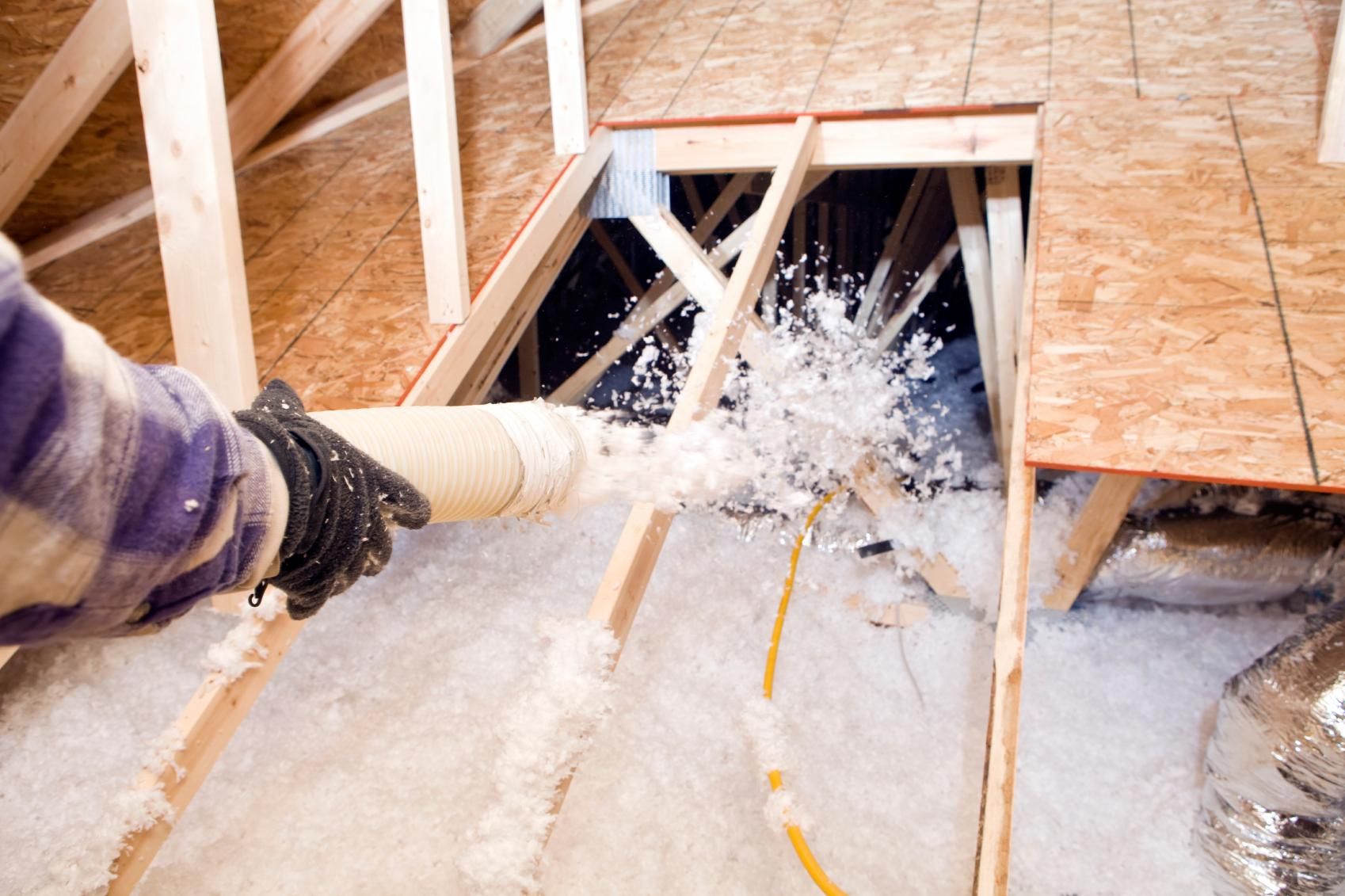
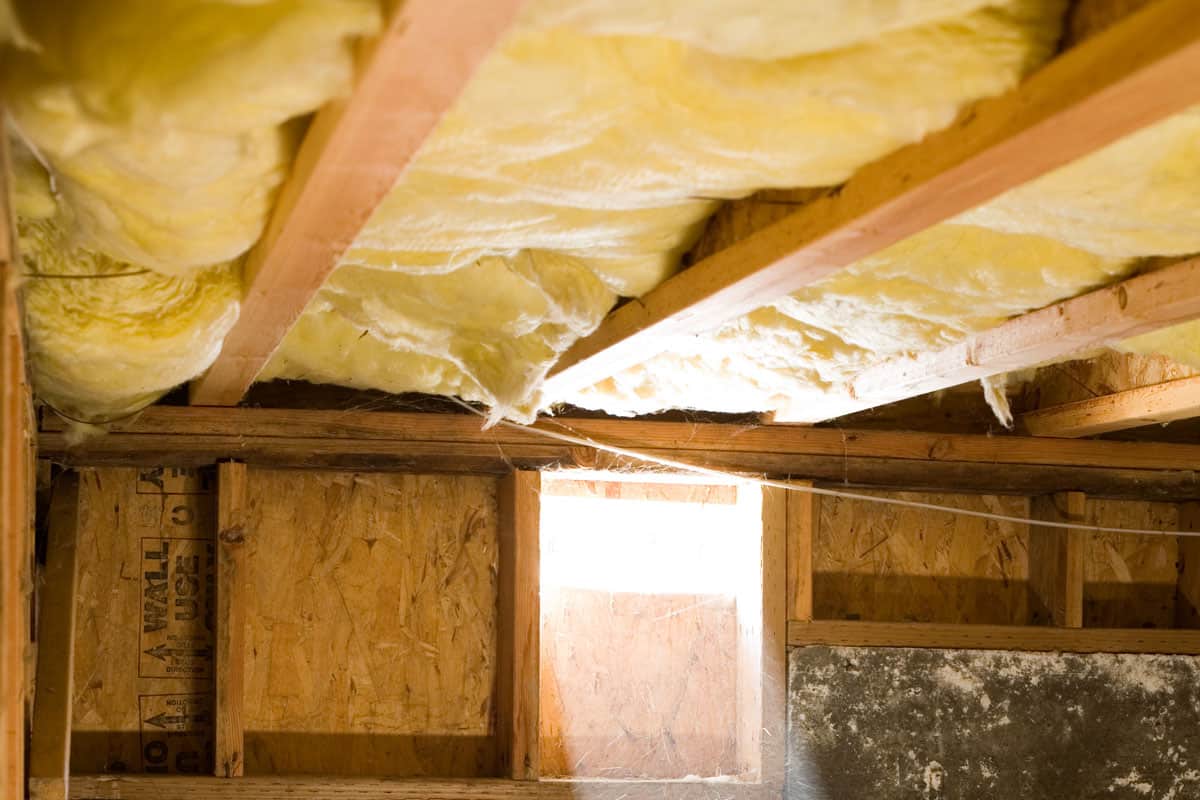
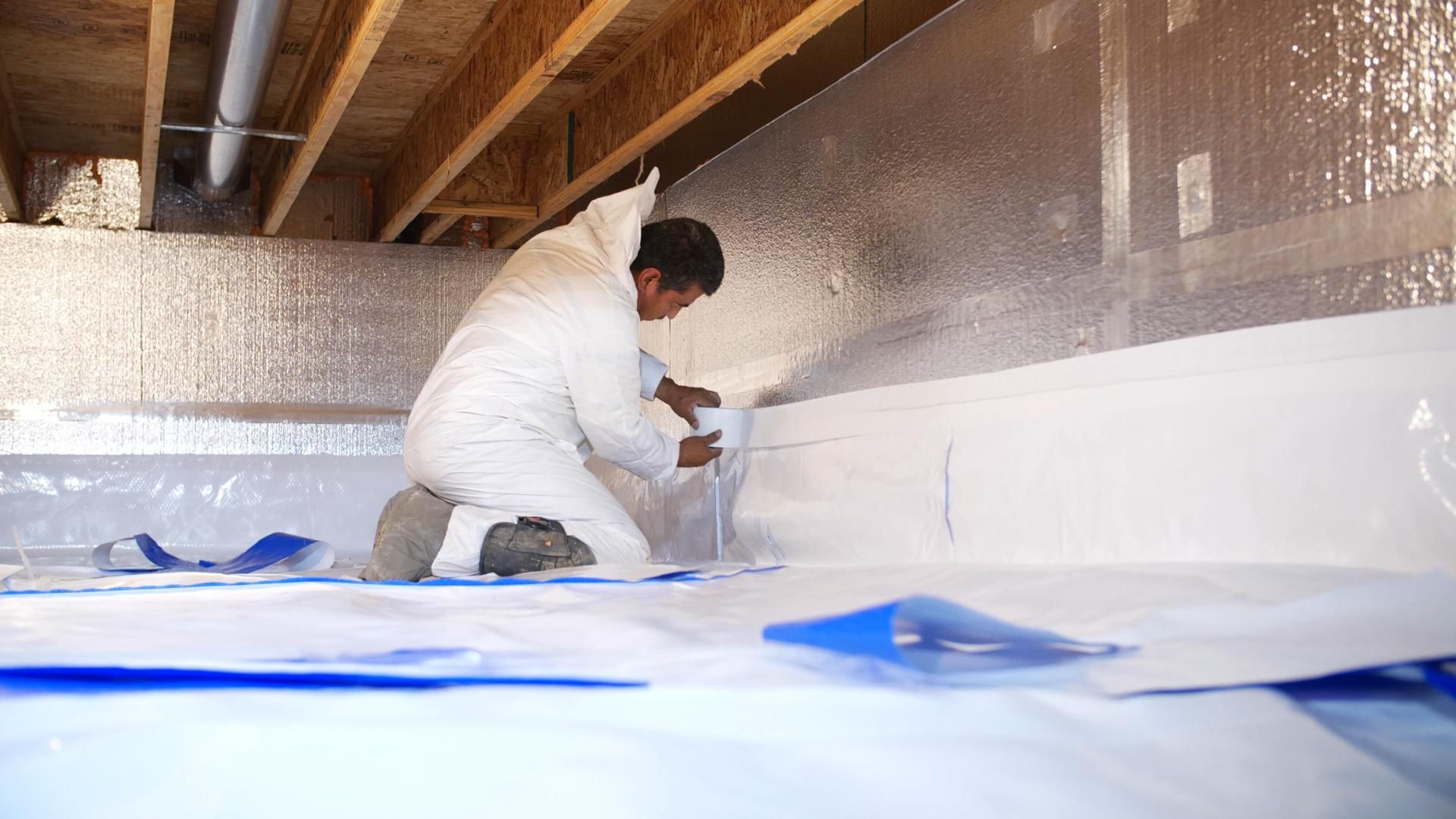
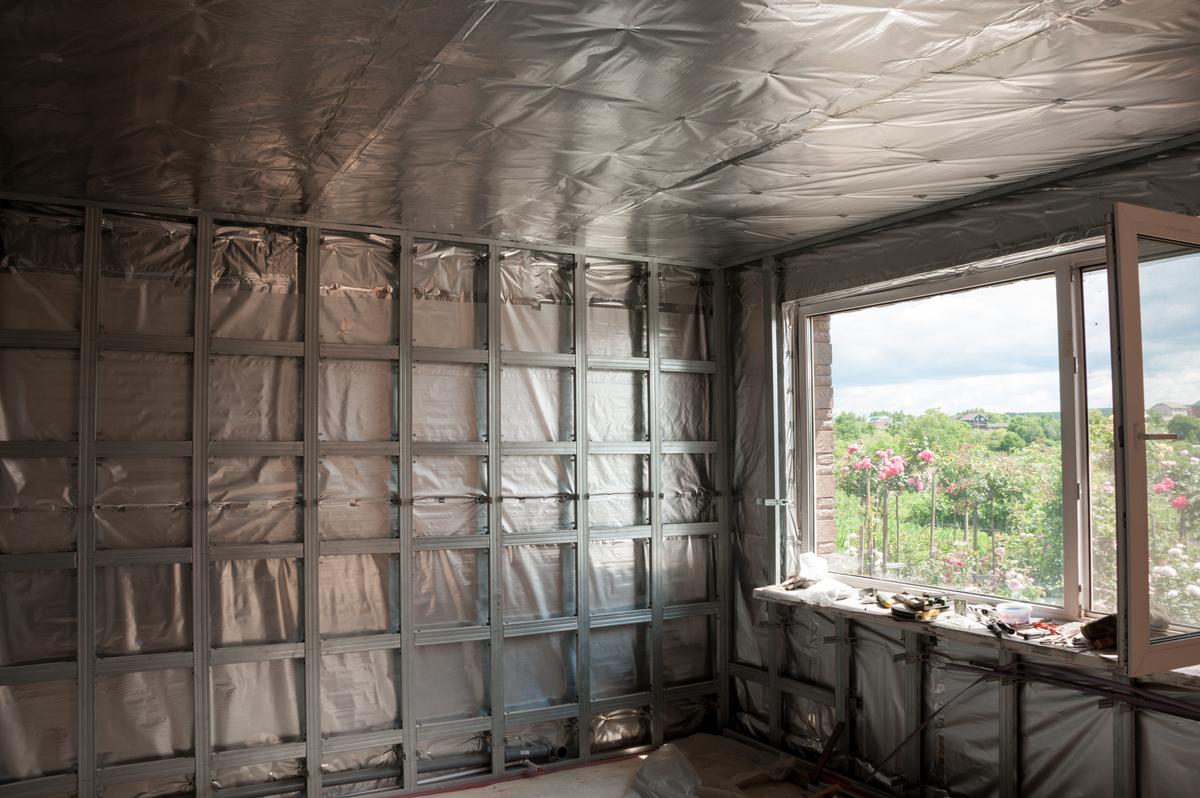
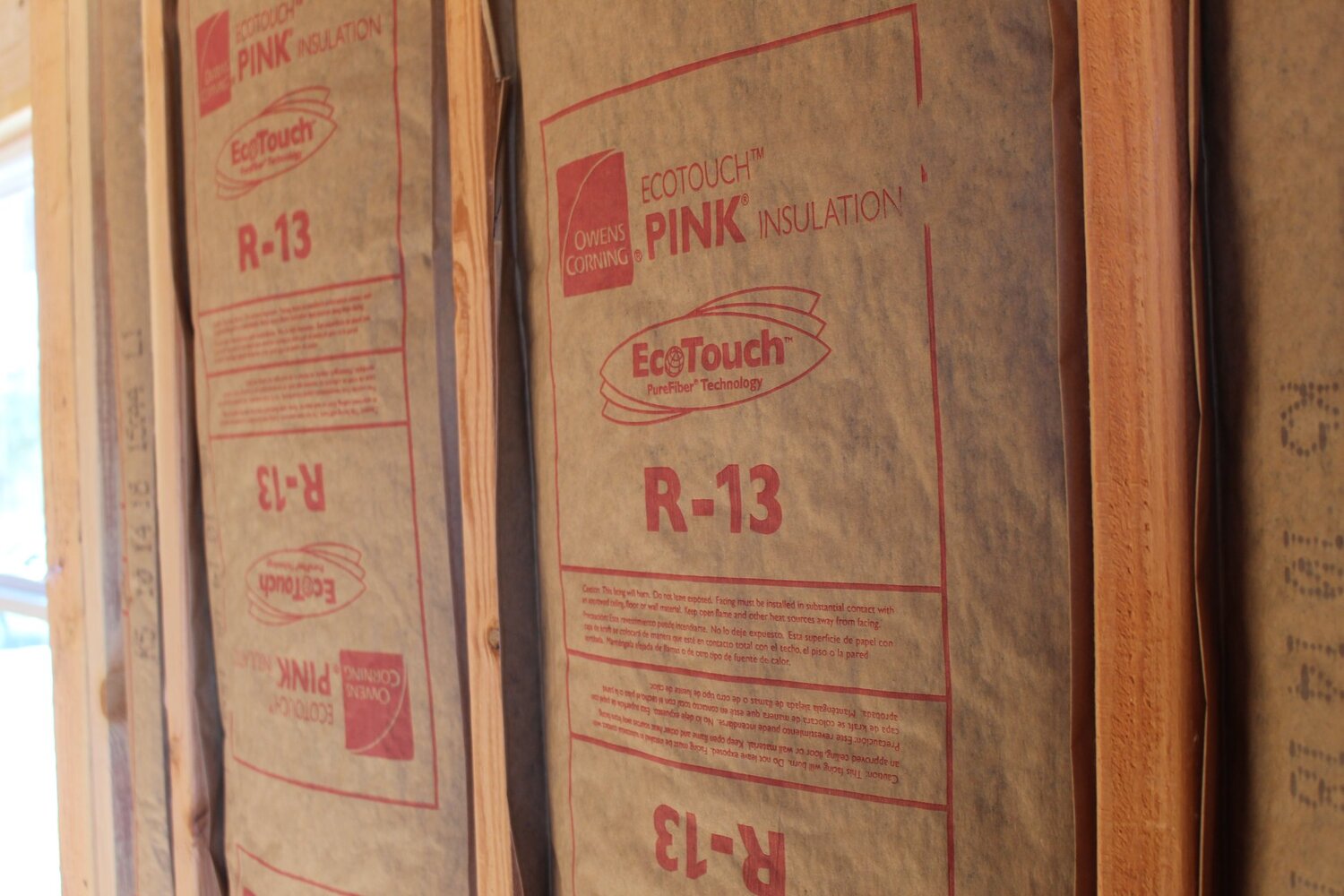
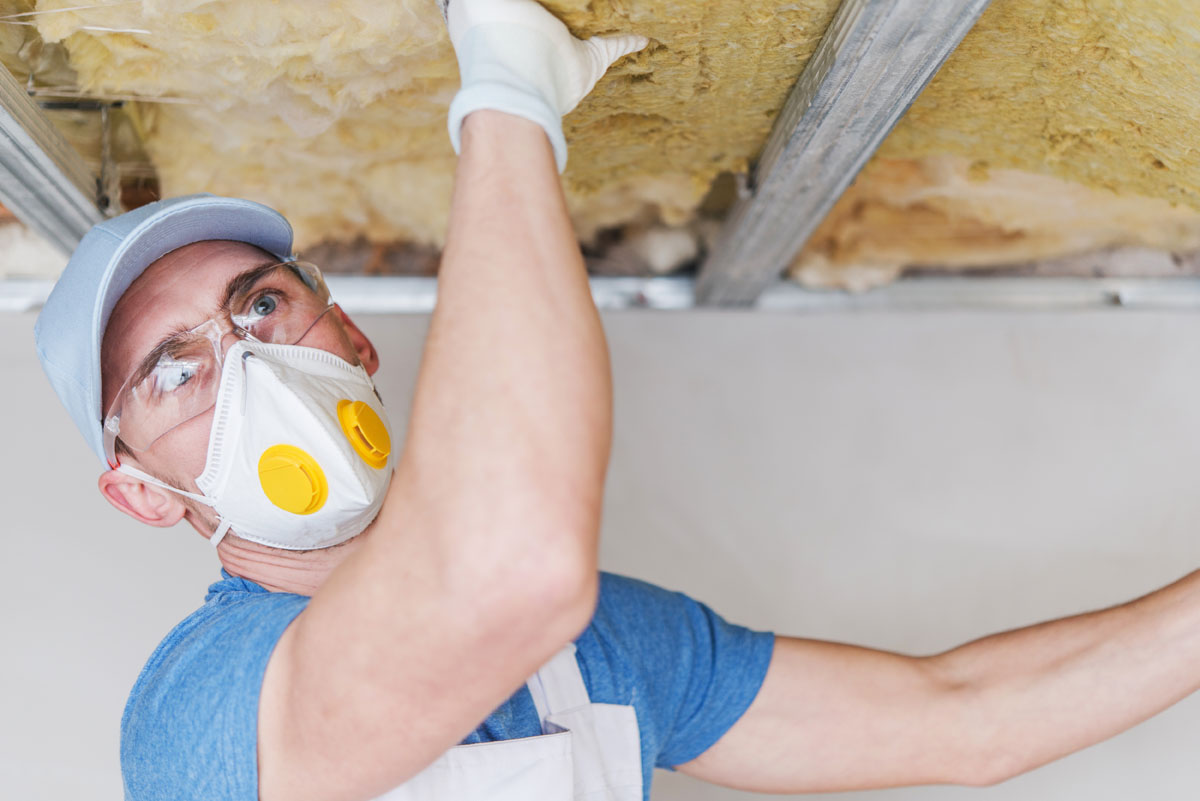
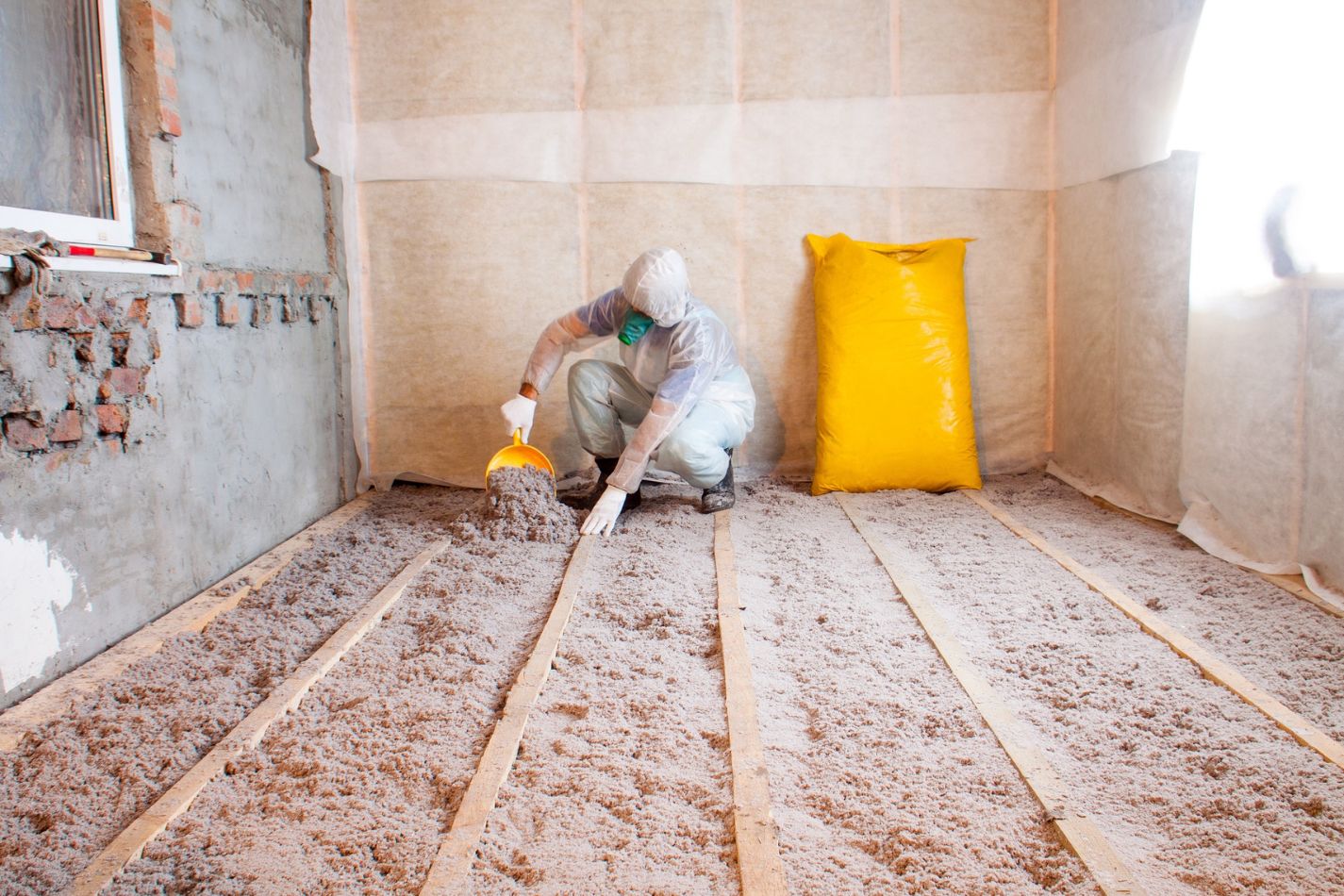
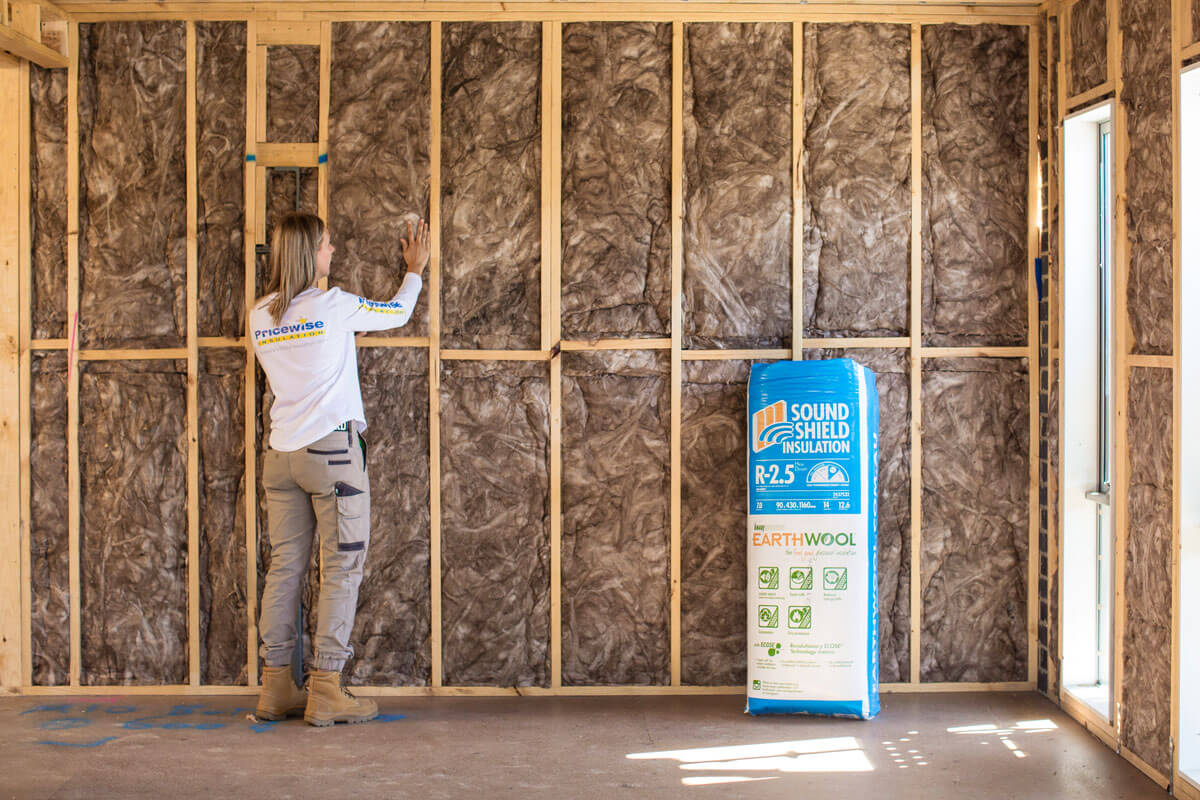
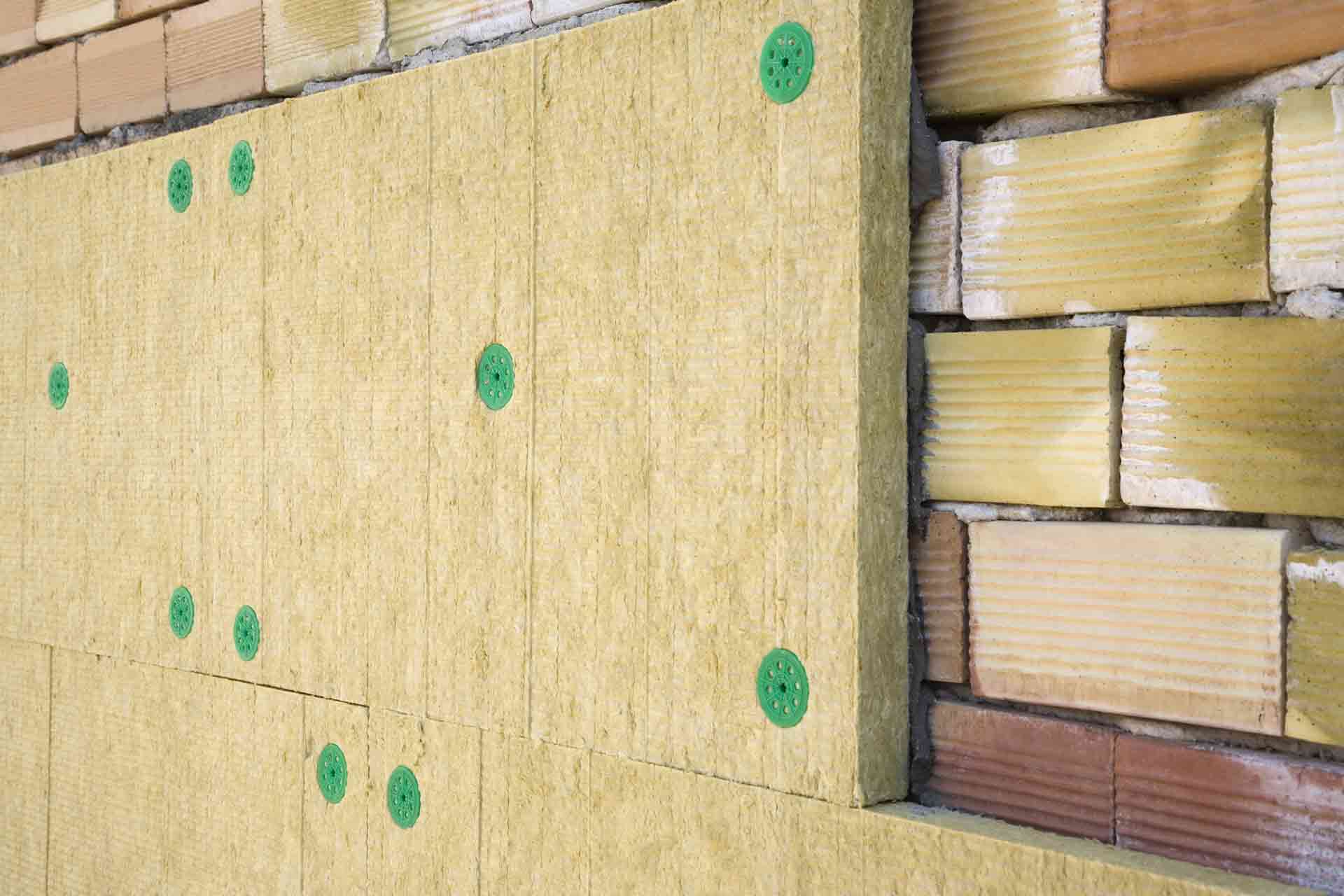
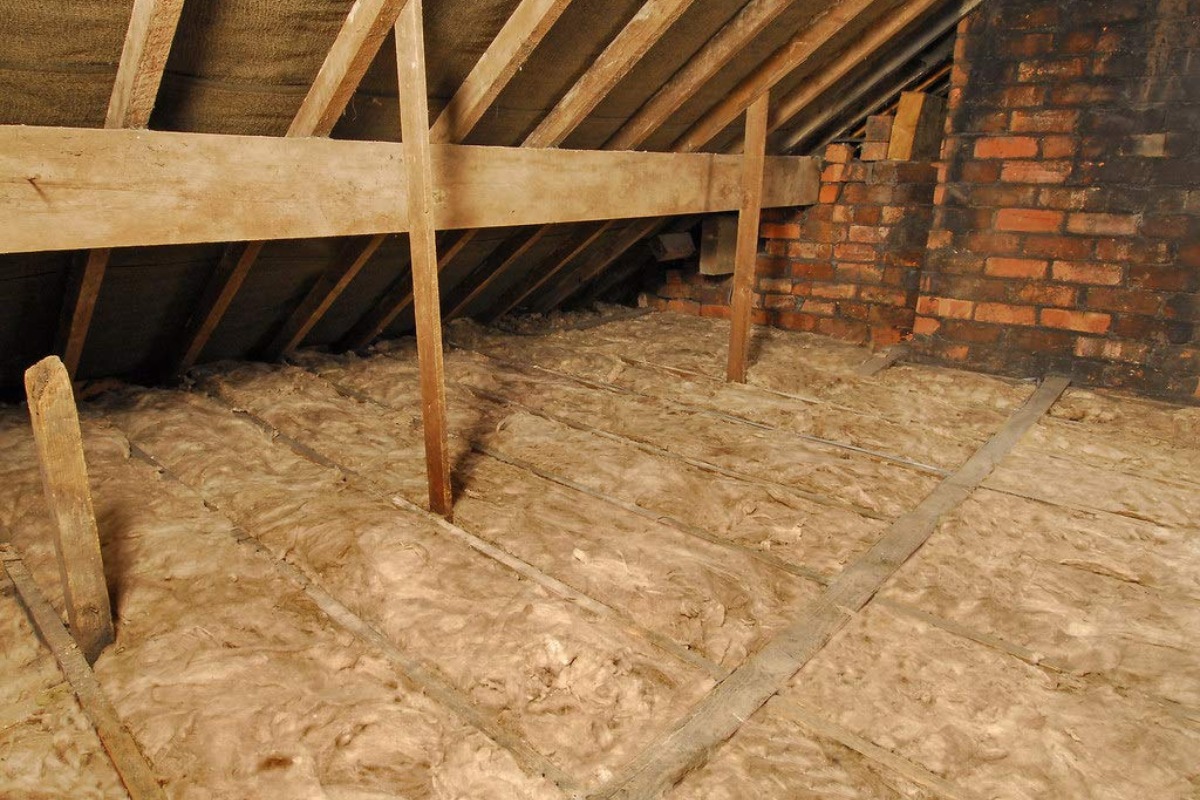
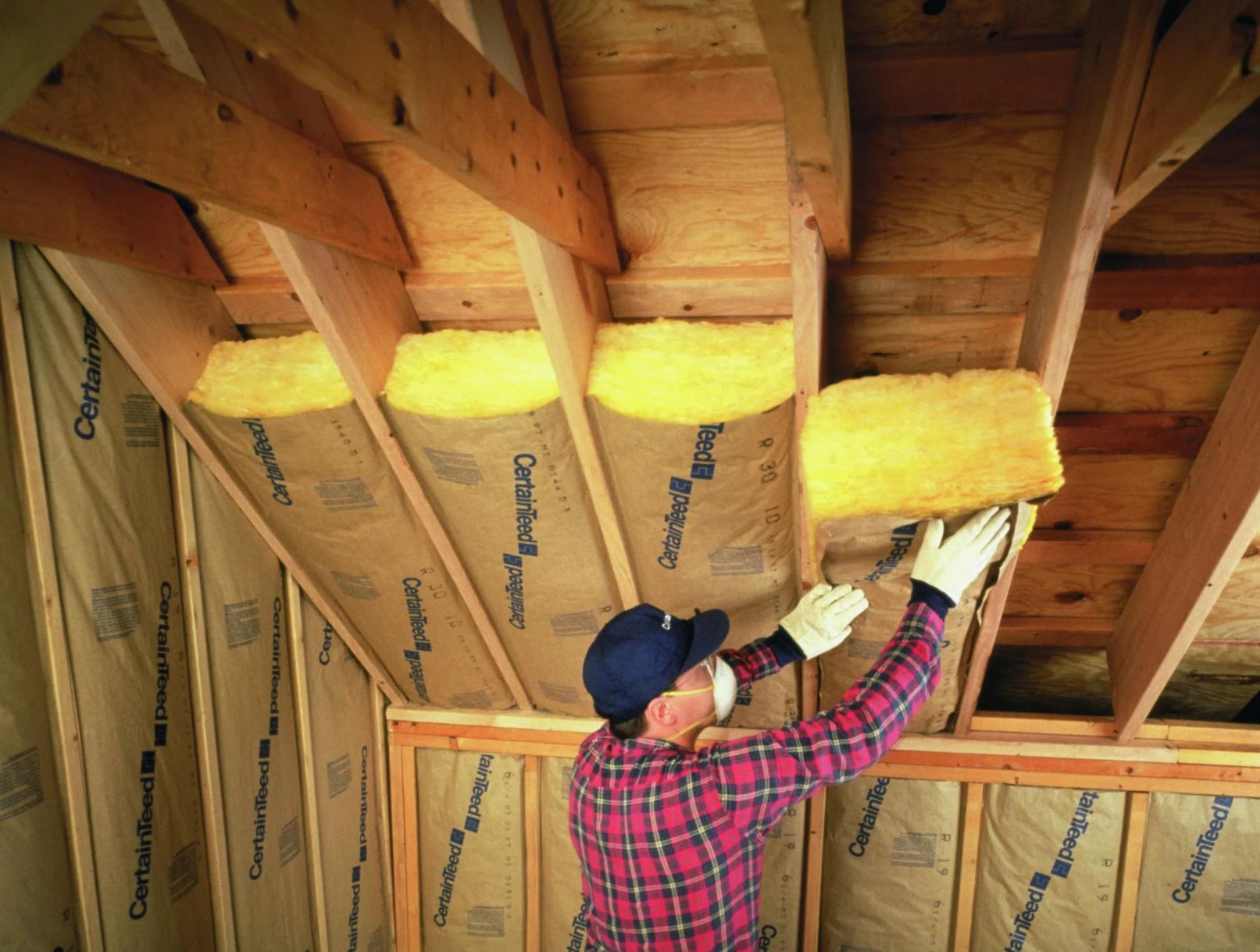
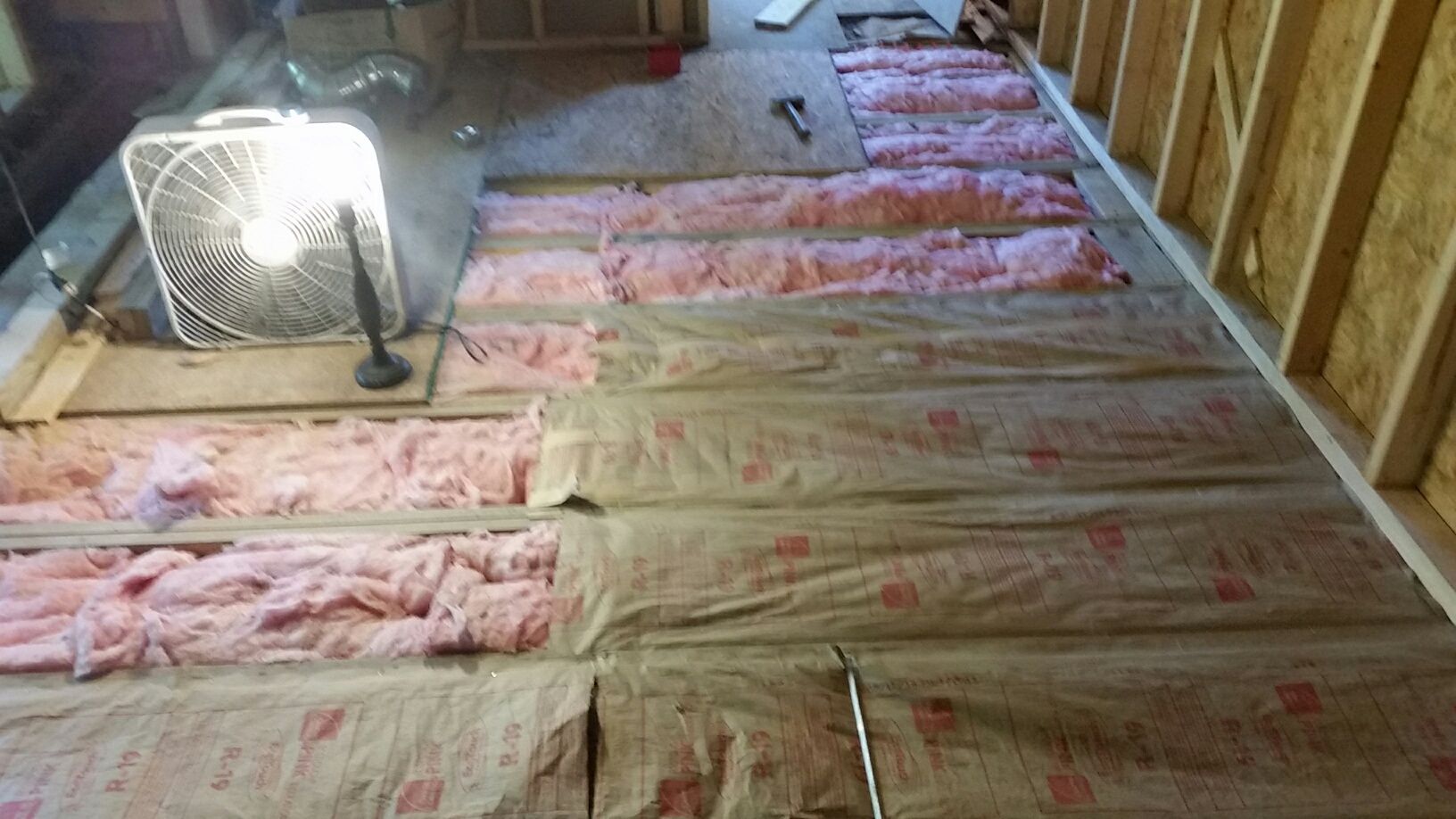
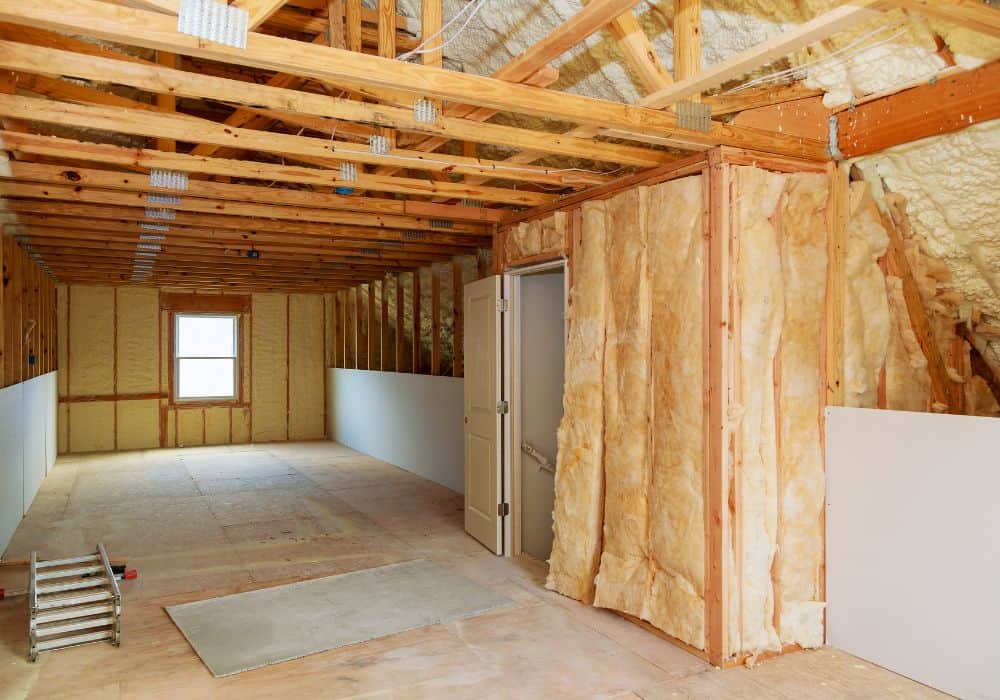

0 thoughts on “What R-Value Insulation For Exterior Walls”